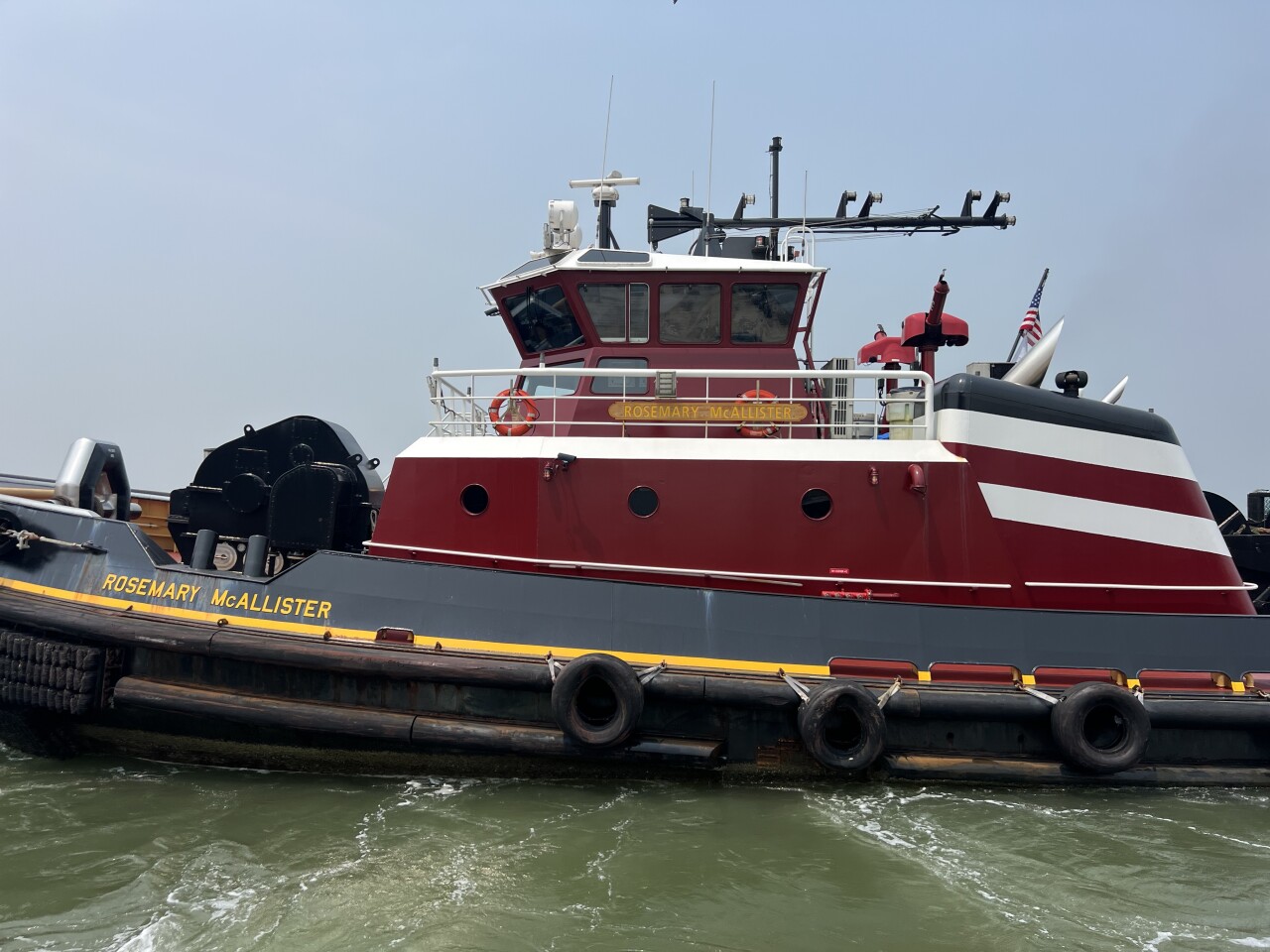NORFOLK, Va. — The National Transportation Safety Board (NTSB) recommends certain small passenger vessels be equipped with engine-room fire detection and fixed fire extinguishing systems.
The NTSB released the recommendations Tuesday following an investigation into the engine room fire aboard the Spirit of Norfolk in June 2022.
The fire was too large for the sightseeing cruise crew to fight, and all 108 passengers and crew had to be evacuated from the vessel, according to the NTSB.
The fire aboard the boat took four days to extinguish and the vessel was a total loss of $5 million, according to the report.

News
Officials release distress call from Spirit of Norfolk fire
The original fire had no injuries.
A press release from the NTSB shows there are concerns with the increased risk of engine room fires that have the ability to grow undetected on small passenger vessels, and they first recommended the fire detection systems carrying more than 49 people in 2007 after looking into two commuter ferry fires in 2000 and 2006.

News
Officials: Spirit of Norfolk 'possibly a total loss' after catching fire Tuesday afternoon
"Current regulations exempt small passenger vessels regulated under Subchapter K that were operating before March 10, 1996, from certain construction, arrangement and installation requirements, including engine-room fire detection and fixed fire extinguishing systems," the release said. "Subchapter K small passenger vessels are certified to carry more than 150 passengers or have overnight accommodations for more than 49 passengers."
NTSB said that their investigation into the fire on the Spirit of Norfolk determined it was likely caused by "the ignition of combustible materials stored near the exhaust pipe of the operating port generator," according to the news release. Since the boat was operating before 1996, it was not required to have engine-room fire detection and fixed fire extinguishing systems.

News
Tugboat crew recalls helping Spirit of Norfolk during fire 1 year later
The NTSB said that the lack of these systems allowed the fire to grow unnoticed and precluded the crew's attempt to extinguish the flames.
Investigators also found that the fire was able to spread because of ineffective communications between the unified command and firefighting teams, according to the NTSB. The unified command's plan had been for teams to fight the fire by having crews go into the engine room using an emergency hatch door on the main deck, but crews were unable to find the hatch and did not tell command, command did not monitor the teams efforts to find the hatch door and, ultimately, crews went in through the engine room door, allowing the fire to spread.
City Cruises, the operator of Spirit of Norfolk, said it has a multi-year plan project to retrofit its vessels with fixed fire extinguishing and fire detection systems.
NTSB's full report is available here.
Skip Feller, a captain with Rudee Tours in Virginia Beach, gave News 3's Jay Greene a look at different types of detection and suppression systems. The vessels used by Rudee Tours fall outside the new recommendations from the NTSB—they're made of wood and fiberglass—and they carry no more than 149 passengers.

Depending on the age of the vessel, there might either be a manual system or an automatic system.
The manual system is controlled by someone on the vessel when an alarm goes off. An automatic system is activated when a certain temperature of heat is detected in the engine area.
Feller told Greene while costly, it's usually a quick process to bring a vessel up to code.
News 3 reached out to the U.S. Coast Guard for comment on the proposed recommendations from the NTSB. We have not yet heard back.









